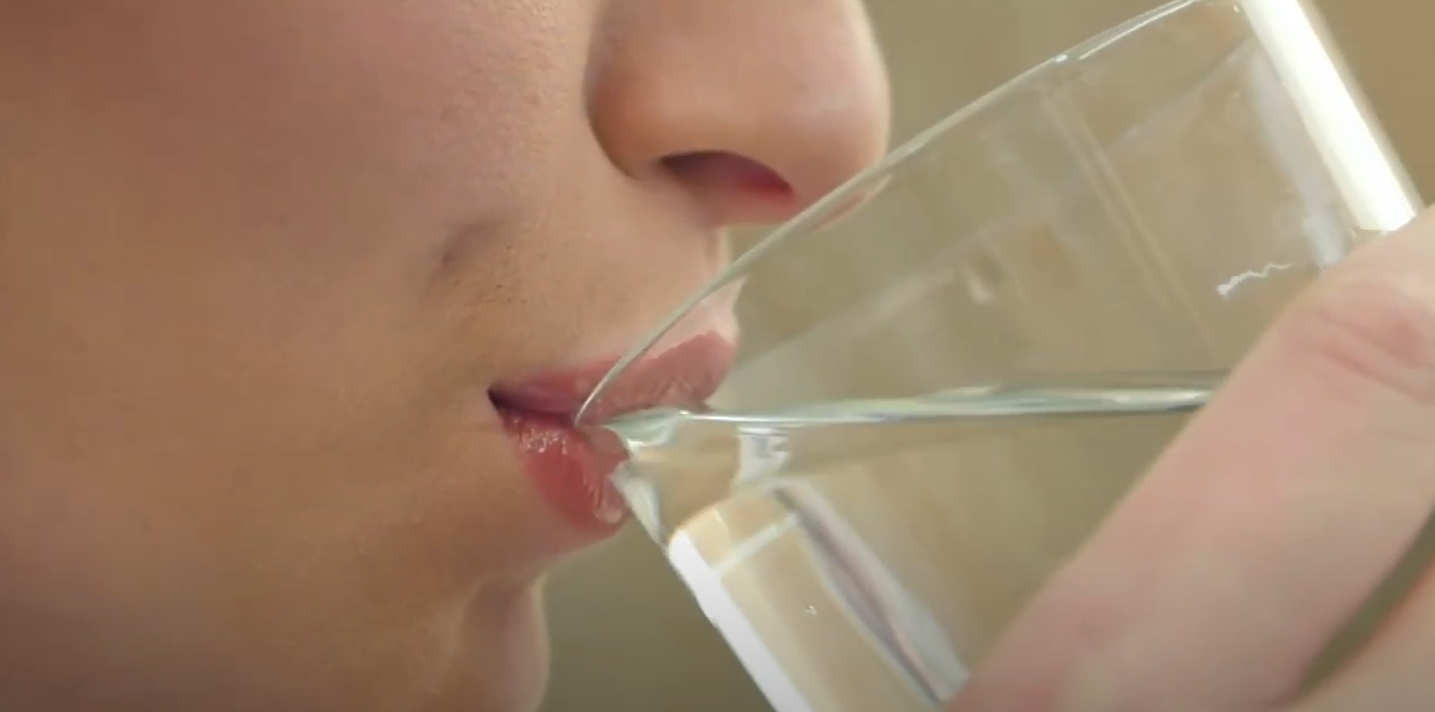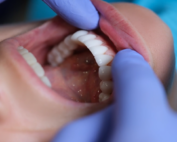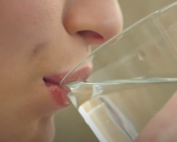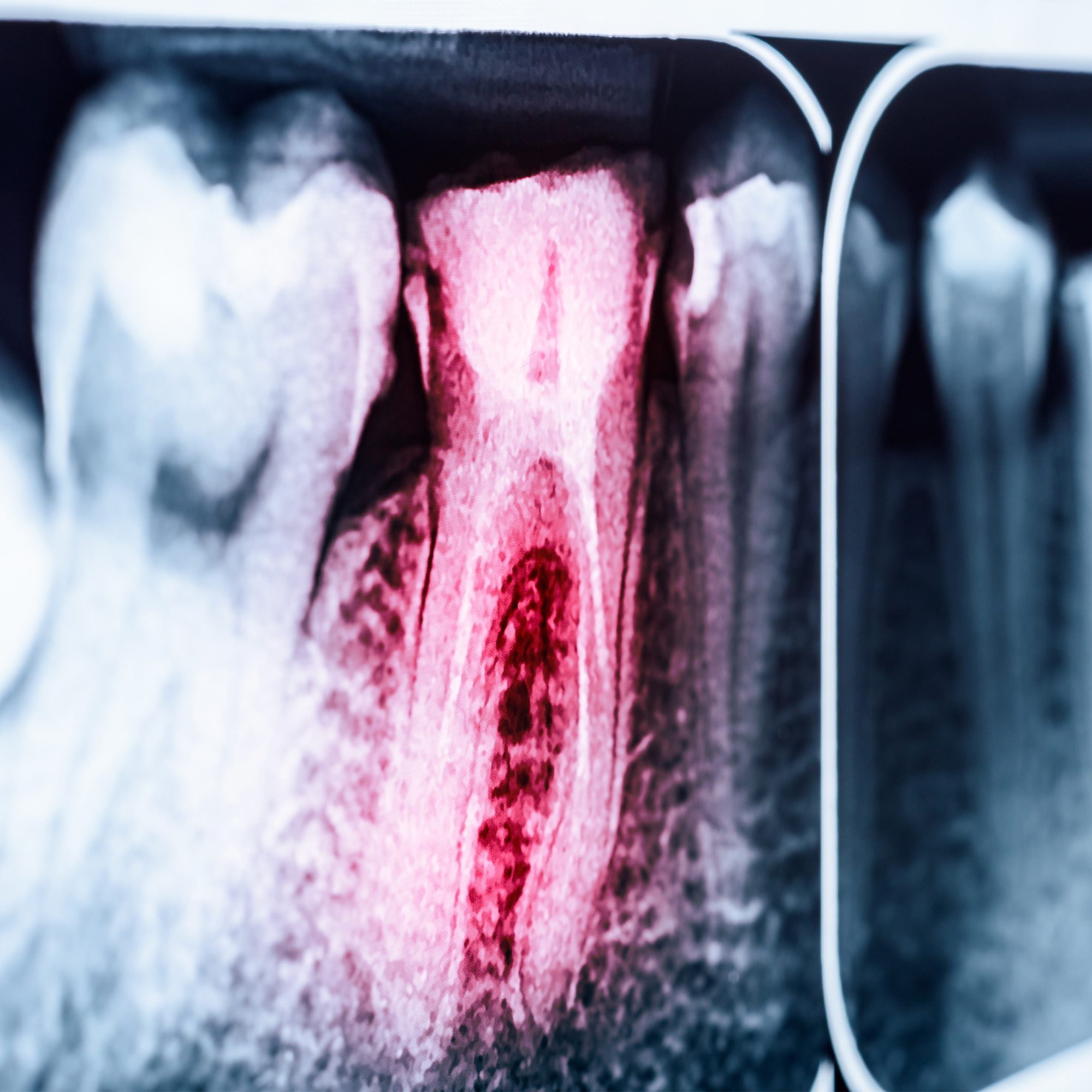Essential Tips from Bilski Dental
At Bilski Dental, we know that nobody likes dealing with cavities. They’re uncomfortable, costly, and can disrupt the beauty of a healthy smile. The good news? Cavities are largely preventable with the right habits. Dr. Bilski and our team are here to share simple, effective strategies for reducing your chance of cavities, so you can enjoy your favorite treats (yes, even chocolate!) without fear of that “cavity monster.”
Here’s how to protect your teeth, balance your oral pH, and maintain a cavity-free smile.
Understanding How Cavities Form: The Role of pH and Sugar
When it comes to cavity prevention, understanding the science behind how cavities develop is key. It all starts with the food you eat and how it interacts with your mouth’s natural pH balance.
- The pH Factor: Your mouth’s pH level plays a significant role in tooth health. A neutral pH of around 7 helps maintain strong enamel, but when you eat sugary or acidic foods, the pH drops to a more acidic level (around 3), weakening enamel and making it more vulnerable to decay.
- Sugar and Acid Build-Up: As you chew, your saliva starts breaking down the sugars in your food. When sugary foods are consumed frequently, without adequate cleaning afterward, bacteria in your mouth produce acid, leading to cavities over time.
So, does that mean you need to eliminate all sweets? Not necessarily! With some mindful care, you can indulge while keeping your teeth strong and healthy.
Essential Habits to Minimize Cavity Risk
Here are the key steps to prevent cavities and maintain a healthy mouth, according to Dr. Bilski:
1: Brush and Floss Daily
- Brush after Meals: Ideally, brushing after each meal will remove food particles and bacteria that feed on sugars. But, if that’s not possible, make sure you brush at least twice a day, especially before bed.
- Floss at Least Once a Day: Daily flossing removes particles and plaque that settle between teeth, areas that brushing alone might miss. Flossing also helps maintain gum health, reducing spaces where bacteria can thrive.
2: Rinse After Eating
- Swish with Water: If brushing right after a meal isn’t convenient, a simple water rinse can neutralize acids, restore pH levels, and wash away sugars. Swish thoroughly for about 30 seconds to cleanse your mouth effectively.
- Consider Sugarless Gum: Chewing sugar-free gum stimulates saliva production, which naturally washes away acids and particles. Saliva is your mouth’s natural defense mechanism against cavity-causing bacteria.
3: Pay Attention to Dry Mouth
- Stay Hydrated: Proper hydration keeps saliva production steady, aiding in the continuous cleansing of your teeth and gums.
- Manage Dry Mouth Conditions: If you use a CPAP machine for sleep apnea or take medications that dry out your mouth, it’s essential to be mindful of additional oral care. Drinking more water, using saliva substitutes, or sucking on sugarless lozenges can help maintain moisture.
Smart Tips for Cavity Prevention On-the-Go
We all know that brushing and flossing aren’t always possible during a busy day, but there are simple steps you can take to minimize cavity risks, even if you’re away from home:
- Rinse Whenever Possible: Whether you’re at the office, running errands, or on the go, a quick rinse with water after meals can make a huge difference. Find a nearby bathroom and swish water to help restore your mouth’s pH.
- Avoid Snacking on Sugary Treats Throughout the Day: Instead of grazing on candy or sipping sugary drinks over hours, enjoy treats all at once. This approach minimizes prolonged acid attacks on your teeth.
- Be Cautious with Sticky or Sugary Snacks: Foods like Skittles or sugary sodas can stick to teeth and fuel cavity-causing bacteria. Try to rinse or chew sugarless gum afterward to reduce their effects.
Additional Preventative Measures for Healthier Teeth
Dr. Bilski emphasizes that prevention goes beyond brushing and flossing. Here’s what else can help reduce the likelihood of cavities:
1: Monitor Your Diet
- Enjoy Sweets in Moderation: Good news for chocolate lovers—you don’t have to give it up entirely! Eating sweets in moderation and pairing them with a good rinse afterward can help maintain healthy teeth.
- Balance Your Diet with Teeth-Friendly Foods: Foods rich in calcium, like yogurt, cheese, and leafy greens, help strengthen your enamel and reduce the effects of acids. Incorporate these into your diet for additional protection.
2: Use the Right Dental Products
- Fluoride Toothpaste: Fluoride strengthens enamel, making teeth more resistant to decay. It’s a valuable addition to your daily brushing routine.
- Consider Mouth Rinses: Using an antimicrobial mouth rinse once a day can further reduce bacteria, offering another layer of defense.
3: Regular Dental Checkups and Cleanings
- Twice-Yearly Checkups: At Bilski Dental, we recommend regular cleanings every six months. Professional cleanings remove stubborn plaque and tartar, protecting against decay and catching any early signs of cavities.
- Early Intervention: Regular visits allow us to address any developing issues before they become significant. If Dr. Bilski spots signs of wear or decay, early intervention can prevent cavities from forming in the first place.
The Best Time to Floss: Morning or Night?
Many patients wonder if it’s better to floss in the morning or at night. Dr. Bilski’s advice is simple: floss at least once a day, and choose the time that best fits your routine. A thorough flossing session done correctly once daily will help maintain oral health and fend off cavities. For those who prefer nighttime flossing, this helps to remove the day’s buildup before sleep, when saliva production naturally decreases.
Common Myths About Cavities
There are many misconceptions about what causes cavities and how to avoid them. Here, we address a few common myths:
- Myth: Only sugar causes cavities.
While sugar is a major factor, any carbohydrate can feed bacteria that produce acid. Starchy foods like bread and pasta can contribute, too. - Myth: Brushing harder cleans better.
Brushing too hard can erode enamel and damage gums, actually increasing your risk of cavities. Use gentle, circular motions with a soft-bristled toothbrush. - Myth: If my teeth don’t hurt, they’re cavity-free.
Early-stage cavities may not cause pain. Regular dental checkups help catch decay before it becomes painful or severe.
Maintaining a Cavity-Free Smile: Practical Takeaways
In summary, preventing cavities doesn’t have to mean drastic lifestyle changes. With simple, mindful habits, you can protect your smile and still enjoy the foods you love:
- Brush twice daily with fluoride toothpaste.
- Floss at least once a day to remove food particles and plaque.
- Rinse with water after meals, especially if brushing isn’t possible.
- Use sugarless gum to increase saliva flow and help wash away debris.
- Visit Bilski Dental twice a year for professional cleanings and checkups.
By following these practices, you’ll be well on your way to maintaining a bright, healthy, and cavity-free smile.












 Virteom
Virteom